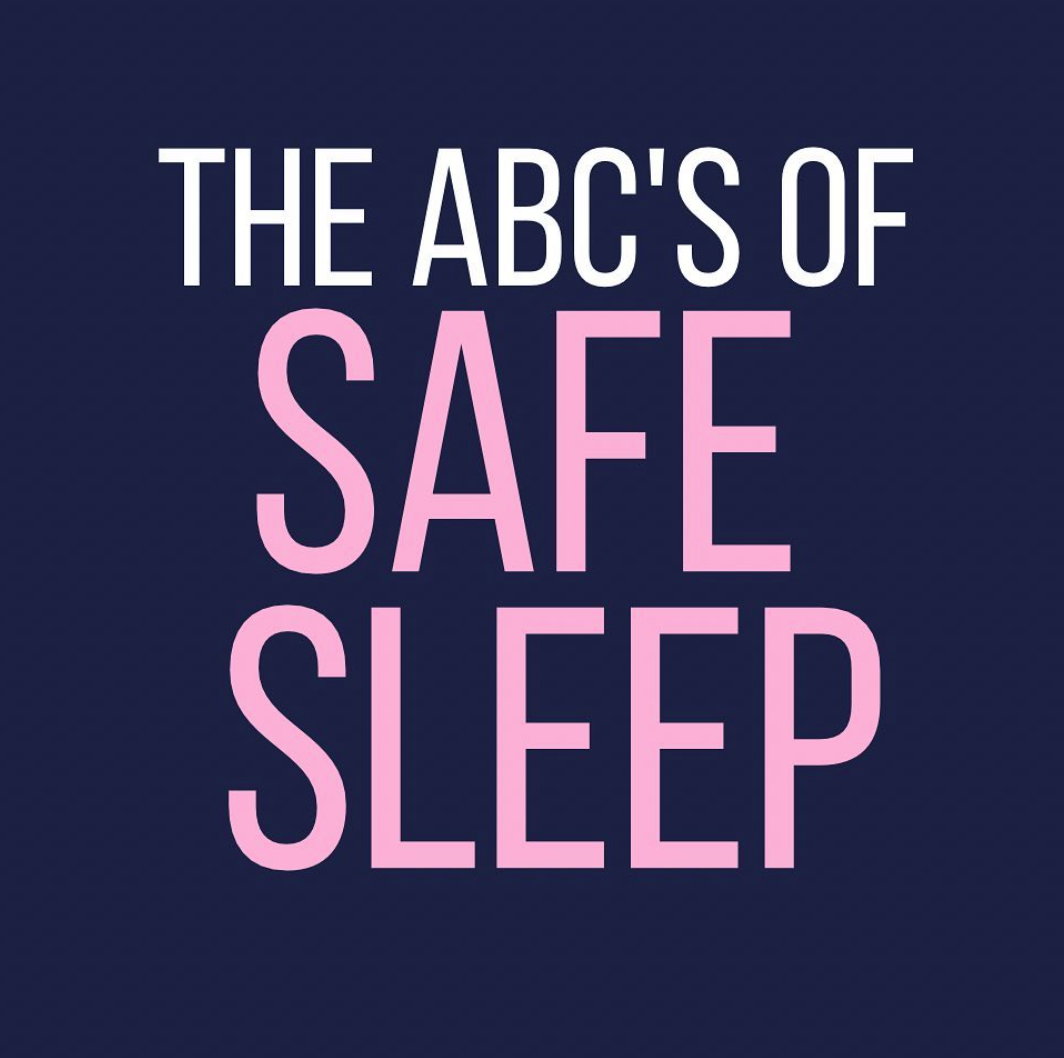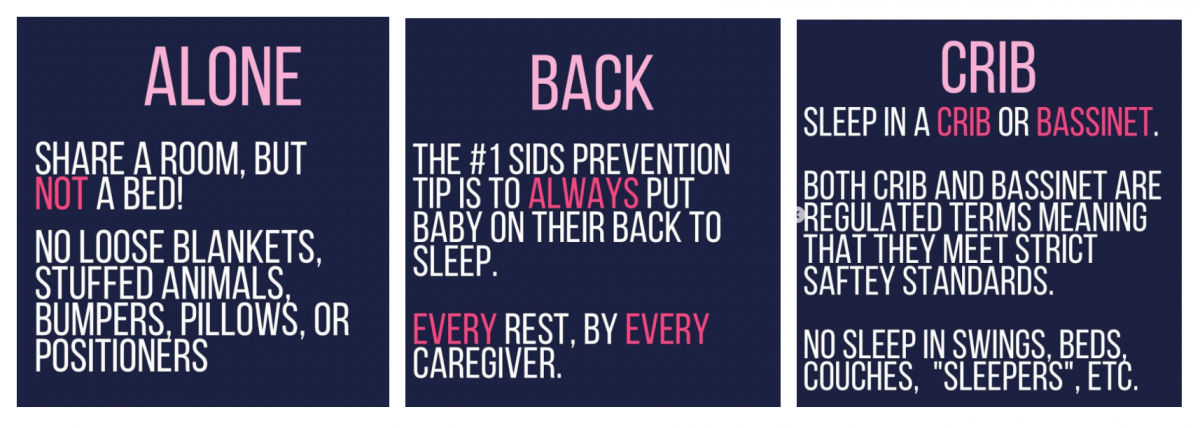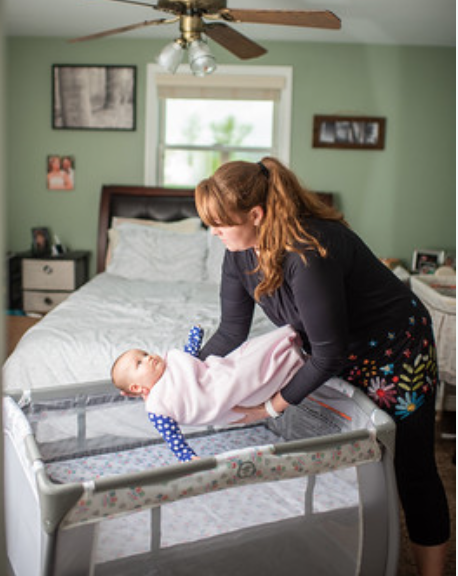ABC’s of Safe Sleep


Since the Back to Sleep campaign began in 1994, it has become widely known that babies sleeping on their backs instead of their bellies helps reduce the risk of Sudden Infant Death Syndrome (SIDS). ABC’s of Safe Sleep is an easy way to remember how to help newborns and infants sleep safely.

An example of what a safe sleep environment looks like can be seen here on the National Institute of Health’s website. A good summary however is to also remember the ABC’s of Safe Sleep: Alone, Back, Crib. Let’s break down each of the ABC’s:
Alone
- It’s recommended that baby share a room but not a bed with parents for the first year of life.
- No toys, pillows, blankets, crib bumpers or other loose items should be in baby’s crib.
- Once baby is rolling over or taking off their swaddle blanket, it’s time to remove the swaddle blanket, or exchange it for a sleep suit that will keep baby warm.
Back
- Put baby to sleep on their back, also called the supine position, for sleep.
- If baby falls asleep in a carseat or stroller, it’s okay to stay there for short stretches. Place the carseat in an area where you can observe, or ideally put baby in the crib.
Crib
- The terms “crib” and “bassinet” are regulated terms meaning that in order for a product to use those terms they must meet strict safety standards. Baby should not sleep in products called infant swings, beds, sleepers, napper or couch.
- A crib with a flat, firm mattress should be used
- Use a properly fitted sheet on the mattress.
And one last tip -as NationwideChildrens.org reminds us the “S” in ABC’S can stand for smoking…newborns “exposed to smoking, either while in the womb or after birth, have a higher risk of SIDS than infants who have not been exposed.”
Categories
- Archives
- Baby Sleep Advice
- Expert Guides
- Hiring a Night Nanny
- Infant Safety
- Postpartum Health
- Twins & Multiples
